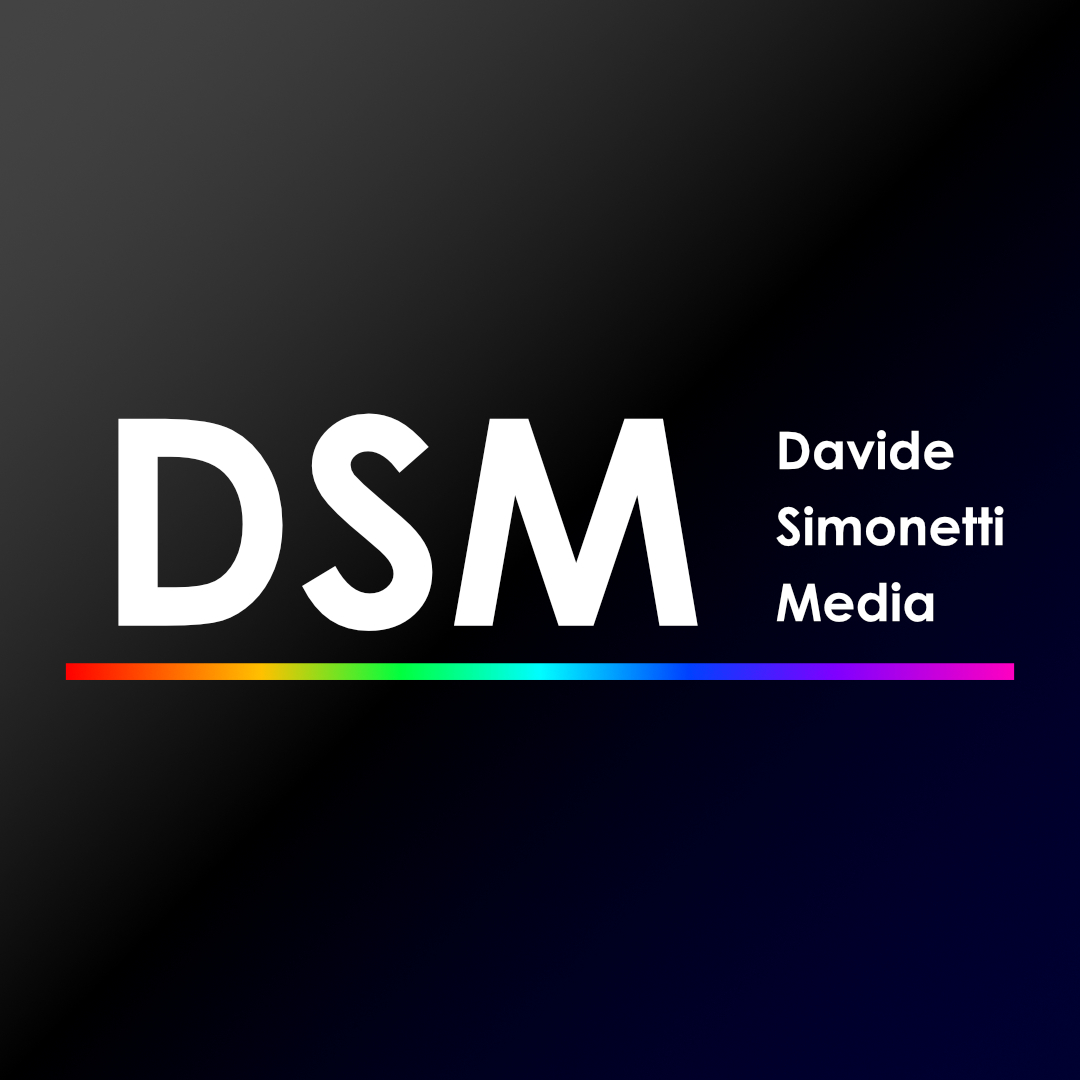Academic project
The concept
This short film was conceptualized and filmed during the 2020 Covid-19 lockdown as an academic project. The core idea behind this work consisted of creating an experimental, non-verbal narrative film, where no form of language, either written or spoken, was used to propel the story. During the research and evaluation of this theme, it was decided to expand the concept to include no performing talents, as the physicality of a character could be equated to a form of non-conventional language. Thus, a story was to be told exclusively though the means of image association and sound design, developing on the foundations of filmic language and experimenting on the film-maker’s ability to propel and unfurl a story using only the inherent foundation blocks at their disposal.
Writing & directing
Once the research question was established, a suitable theme for the narrative was to be conceptualized. It was found that the expression of the feeling of relentlessness of monotonous life was suitable. The story developed would then focus on the evolution of a character, unseen by the audience, as they enter a routine, how that affects their perception of their surroundings and how in turn they mutate the environment around them. The film culminates in a whirlwind of experiences, now impossible to discern from one another, as the character is caught in the midst of it, and suddenly manages to escape it. This resolution serves as the epilogue, albeit its open ended nature serves for multiple interpretations of its meaning in context.
The direction of this film, created in solitude during the first Covid-19 lockdown, was focused on the “set” design, as most of the communicative ability of this film was to be visual. The subtle development of the environment served as the main clue for the character’s behaviours, while its psychology was characterised by the film’s editing and pacing.
Similarly, the only performative interaction with the environment was to be not visually explicit. In other words, the character’s action was exclusively depicted as the environment’s reaction to it, and therefore all hose action were to be performed by me off-camera, with the objects to be interacted with were to enter the frame on their own. This different style of practical performance was an interesting and useful addition to my toolset for future use.
Editing
SFX
Given the non-verbal nature of the film, the sound effects gained a certain importance in regards to their communicative nature, as well as by being simply more noticeable and audible, thanks to the lack of dialogue throughout. Together with the quick edits, the abrupt nature of the sound effects, developing from quaint and ordinary sounds to become more detached from their physical source, underlines the sense of disorientation and enhances the visual content.
The practical aspect of the SFX production consisted of recording the sounds with a dedicated microphone, as it was found easier to achieve satisfactory results by creating the sounds organically, similarly to performing Foley, rather than relying on free sound libraries. These sounds were then aligned and mixed properly with the ambience, also recorded on location, and the minimalistic score, therefore finalising the sound post-production.
